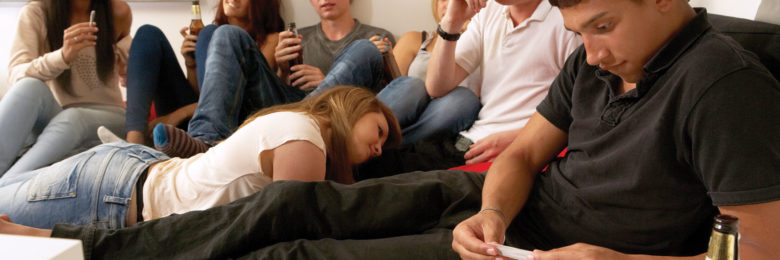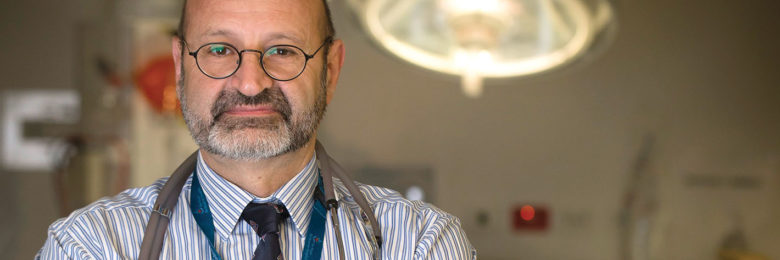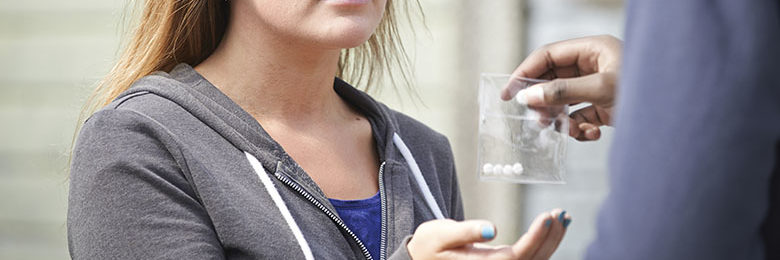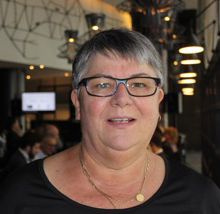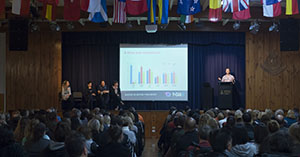ABC Radio Melbourne presenter Clare Bowditch talked to Steve Biddulph AM, Australian author, activist and psychologist about his new book on parenting and raising girls. This is an edited transcript of the interview.
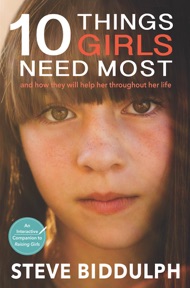 Clare Bowditch: There are many things in life that we spend lots of time worrying about, but for those of you who have children I am assuming that you’re something like me and you spend a fair bit of your time wondering “How do I give these kids what they need in order to become the kind of adults that I know they can be?” It’s a question educators like Steve Biddulph have been asking for some decades now. You might know him as the author behind the million selling book, Raising Boys. He’s now turned his attention once again to the mental health of our girls. His belief is that perhaps they’re growing up too fast in these times. What can we do to support them in their growth and what are the 10 things, according to Steve Biddulph, that girls need most? That’s the title of his new book. …
Clare Bowditch: There are many things in life that we spend lots of time worrying about, but for those of you who have children I am assuming that you’re something like me and you spend a fair bit of your time wondering “How do I give these kids what they need in order to become the kind of adults that I know they can be?” It’s a question educators like Steve Biddulph have been asking for some decades now. You might know him as the author behind the million selling book, Raising Boys. He’s now turned his attention once again to the mental health of our girls. His belief is that perhaps they’re growing up too fast in these times. What can we do to support them in their growth and what are the 10 things, according to Steve Biddulph, that girls need most? That’s the title of his new book. …
Steve you have a lovely way of being able to simplify this complicated process called growing up. Now, you’ve been guiding parents through the process of supporting their kids in their quest to adulthood for many decades now. What have you noticed changing particularly in the life of girls?
Steve Biddulph: Okay, well it used to be Clare that girls were going great. 20 years ago they were flying ahead and that’s why I concentrated on boys for nearly 35 years because boys were the disaster area. But about 10 years ago my colleagues all around the world were picking up this really serious downturn in the mental health of girls. I had a teenage daughter in those times and I saw what she was going through and what her friends were going through and girls were just getting hammered. We just got more and more alarmed and so this new book is because I thought we needed some stronger medicine to give parents to help girls regain self-belief. All the things feminism was working for which seem to have gone out the window just lately.
CB: I think there is a new and interesting way of coming through but what you’re saying is girls were suffering. What was the evidence of this? What were you seeing Steve? How are they showing their suffering?
SB: The clearest cut and probably the core thing was anxiety. Now there may be people listening who’ve got daughters who are relaxed and confident and spirited into their mid teens. They may have loyal friends and are treated respectfully by the boys in their lives and that’s fantastic if that’s the case but for about two girls out of five, that’s just not so. They’re massively anxious and currently across the western world one in five teenage girls is on anxiety medication. They’ve reached a point where mum or dad have taken them to their doctor because it’s that’s scary and severe. Anxiety then drives the other things like self-harm and eating disorders and alcohol overuse and risky sex … but anxiety, we think, is the core.



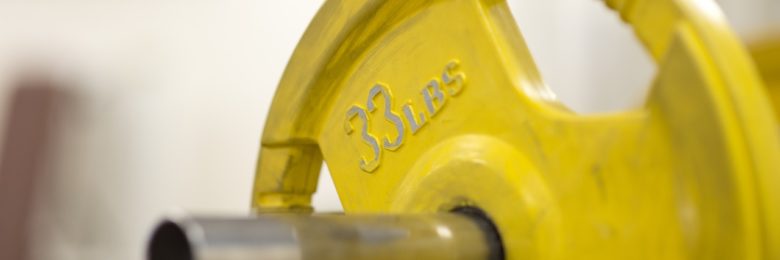
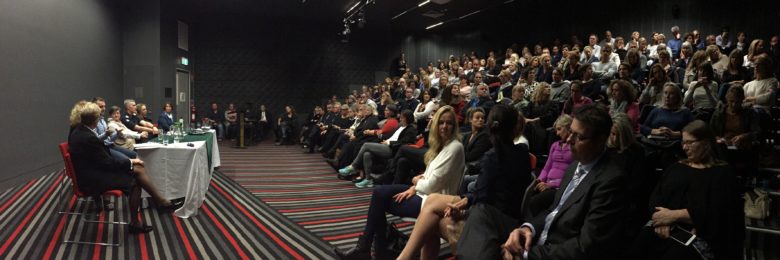
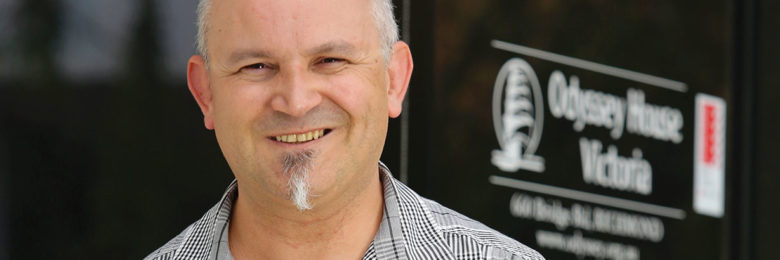
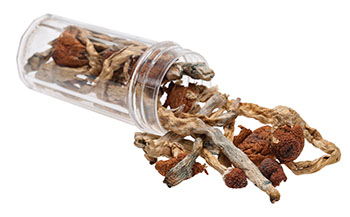 Hallucinogens, such as LSD, were popular with young people during the 1960s and 1970s “flower power” era. While many more drugs have been developed since, LSD is still available in Australia.
Hallucinogens, such as LSD, were popular with young people during the 1960s and 1970s “flower power” era. While many more drugs have been developed since, LSD is still available in Australia.
